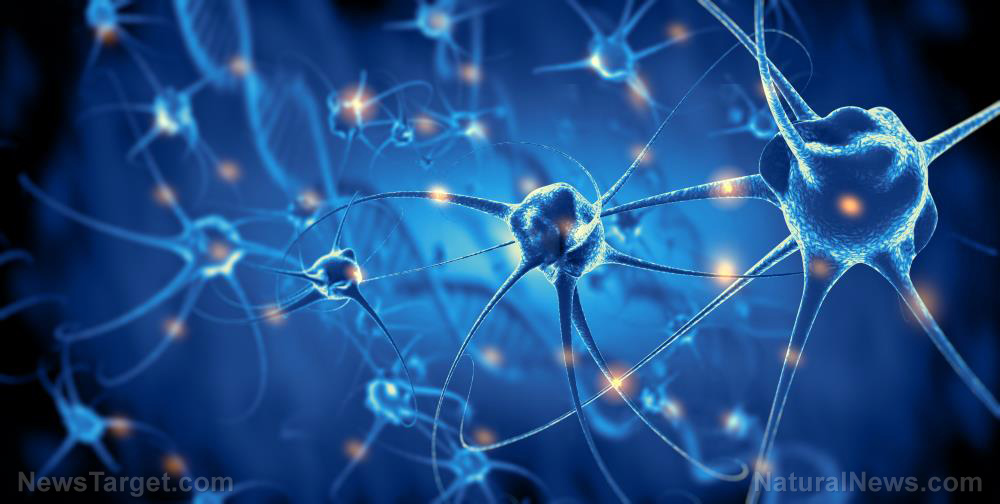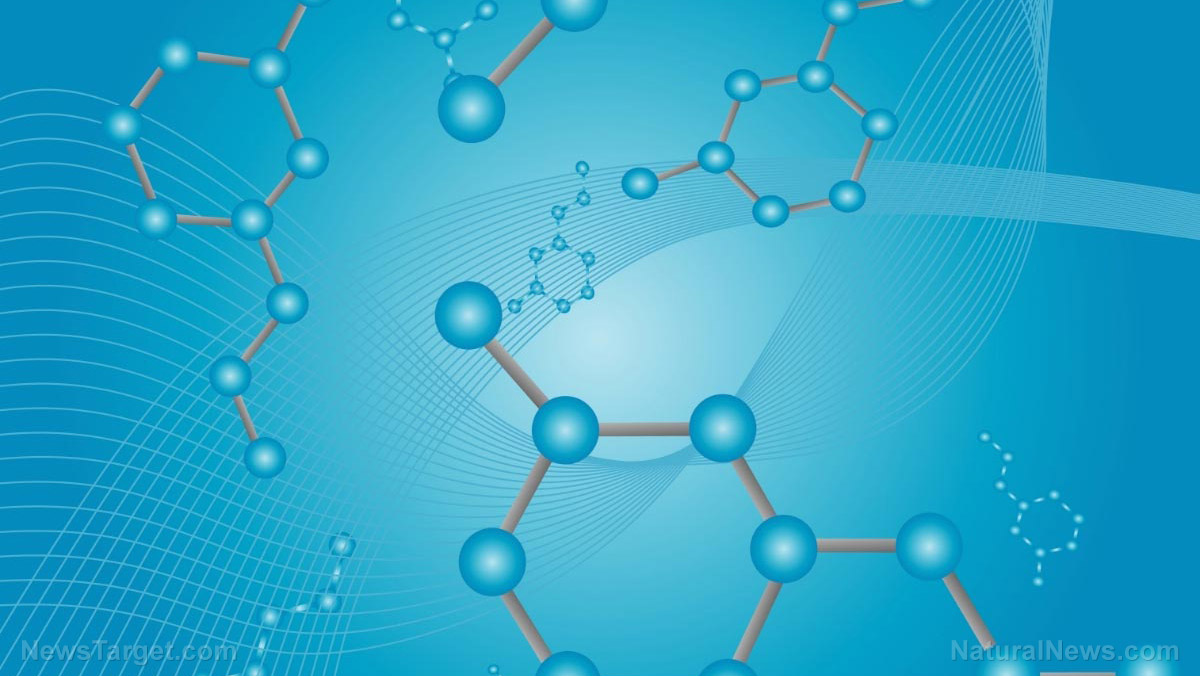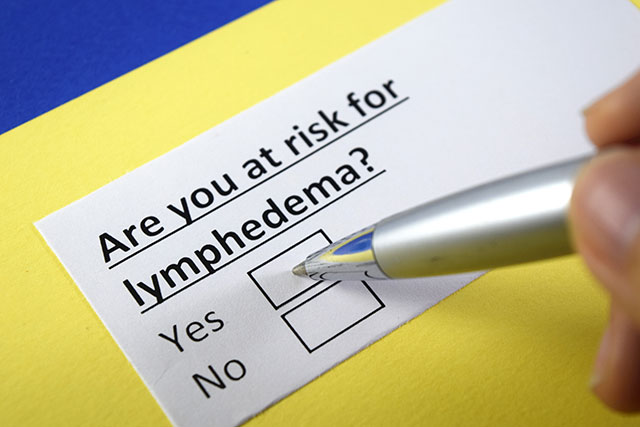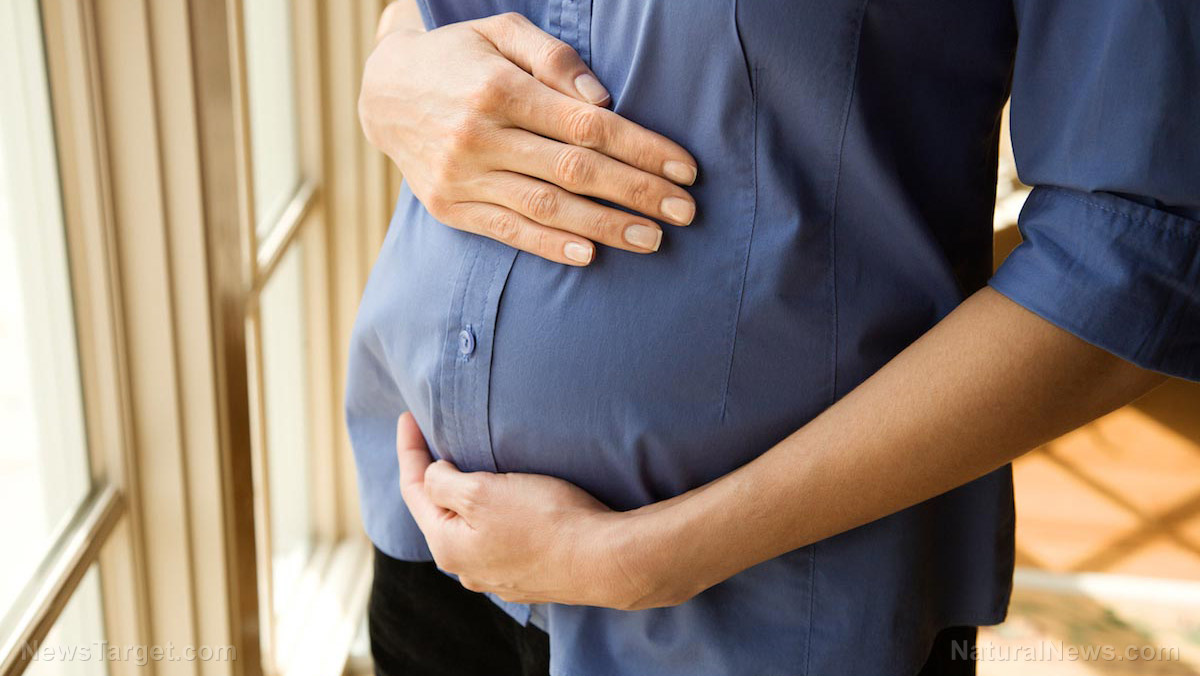When couples touch, pain is reduced
07/31/2018 / By Rhonda Johansson

Science has proven what we, as humans, inherently know: that love can act as a balm to pain. A new study has concluded that when an empathetic partner holds his lover’s hand, her heart rate slows and their breathing rates synchronize. Most notably, the touch can also lessen pain. Authors of the study say that this data can be used for further research into the analgesic impacts of touch.
This study, published in Scientific Reports, is part of a growing field that looks into “interpersonal synchronization,” which is the phenomenon where people subconsciously and physiologically mirror the person they are interacting with. You’ve probably heard of this before; two friends sharing the same gestures or close workmates laughing at the same joke. The “click” that we often refer to happening between two people is not a weird, mysterious force but science.
A study in 2012 showed that the closer two people are in terms of emotional connection, the more likely they are to mirror their partner’s habits. All of this is done unintentionally. It would seem that the brain itself builds neurological connections that somehow synchronize to their partner’s actions. Call it love or “body movement synchrony” — either way, this has fascinated scientists for a number of years. The mimicry, it should be further described, is not only limited to movements. Other studies have suggested that heart rates, respiratory rhythms, and even brainwave patterns between two people with a deep connection become similar. These manifestations are more evident among romantic couples who — simply by being in each other’s presence — exhibit incredibly synchronized cardiorespiratory and brainwave patterns. (Related: Lovers’ hearts beat in time, study finds.)
For this new study, the authors wanted to determine the relationship between pain sensation and touch. Lead author Pavel Goldstein came up with the idea after he witnessed the birth of his daughter four years ago.
“My wife was in pain, and all I could think was, ‘What can I do to help her?’ I reached for her and it seemed to help,” he said on ScienceDaily.com. “I wanted to test it out in a lab: Can one really decrease pain with touch, and if so, how?”
Goldstein and his team observed 22 heterosexual couples, aged 23 to 32 and had them undergo a series of tests that would mimic a delivery-room scenario. Men were given the role of the observer while the women were the pain target. Couples were divided into three scenarios: the first where they sat together, not touching, the second where they sat together holding hands, and the third where they sat in separate rooms. Women were strapped to equipment that measured their heart and breathing rates. Each couple repeated all three scenarios as the woman was subjected to a mild heat pain on her forearm for two minutes.
Researchers found that couples synced physiologically in various degrees just by sitting together. When the man was allowed to touch his partner, both their heart rates synchronized and the woman’s pain decreased significantly. However, when the men couldn’t touch their partners, no synchronization was observed.
Goldstein commented: “It appears that pain totally interrupts this interpersonal synchronization between couples. Touch brings it back.”
In addition, Goldstein’s previous studies have concluded that the more empathy the man had for the woman, as measured in other tests, the more her pain was reduced. Moreover, the more physiologically synchronized the couple was, the less pain the woman was likely to feel.
Goldstein did note that further research is necessary to truly determine the exact relationship between pain and synchronicity. Additionally, he is uncertain whether the same results would be observed between same-sex couples or if the man was the subject of pain.
A world colored by love? Learn more about couple relationships when you go to Research.news.
Sources include:
Tagged Under: emotional relationships, interpersonal synchronization, pain relief, relationship, synchronized heart beats, women's health




















